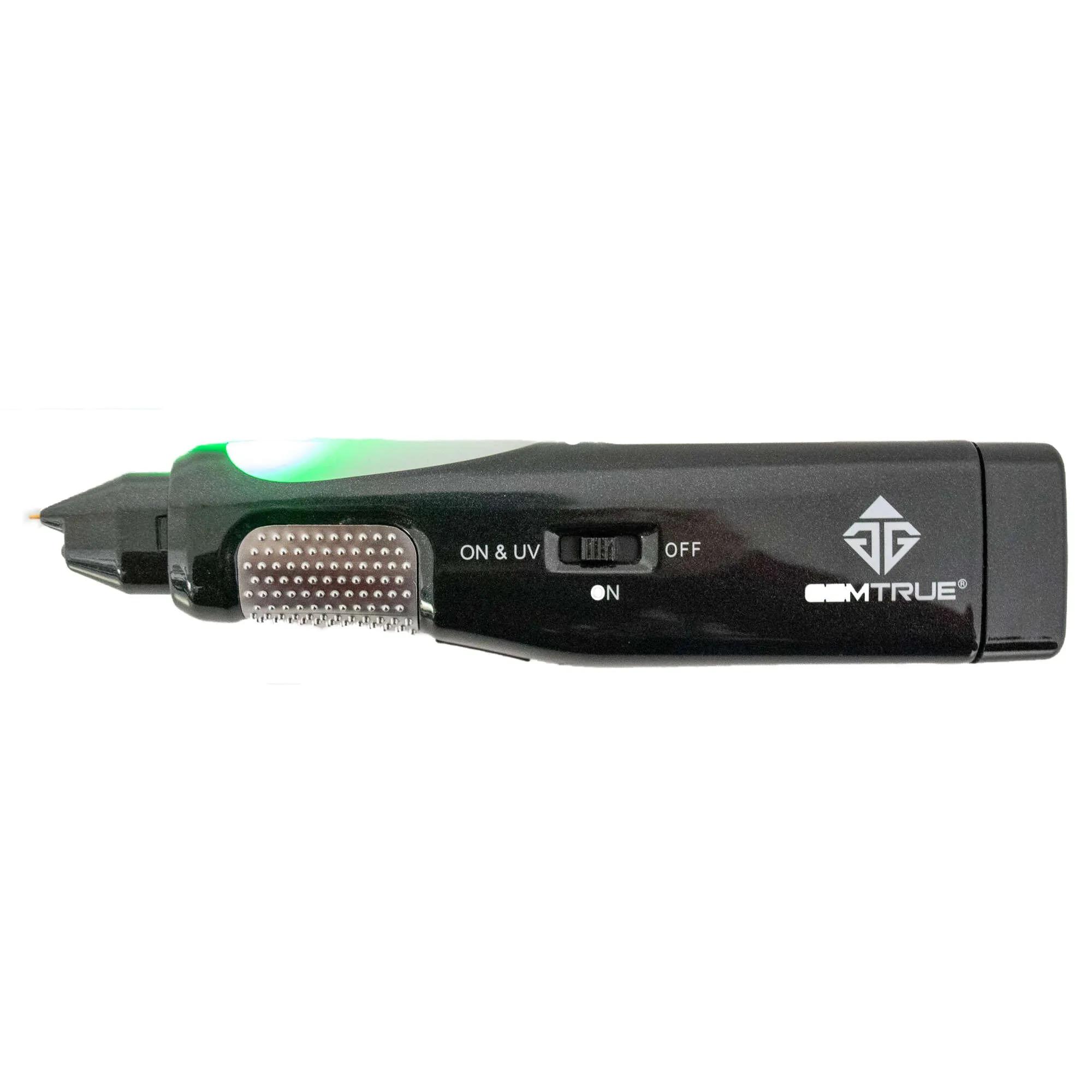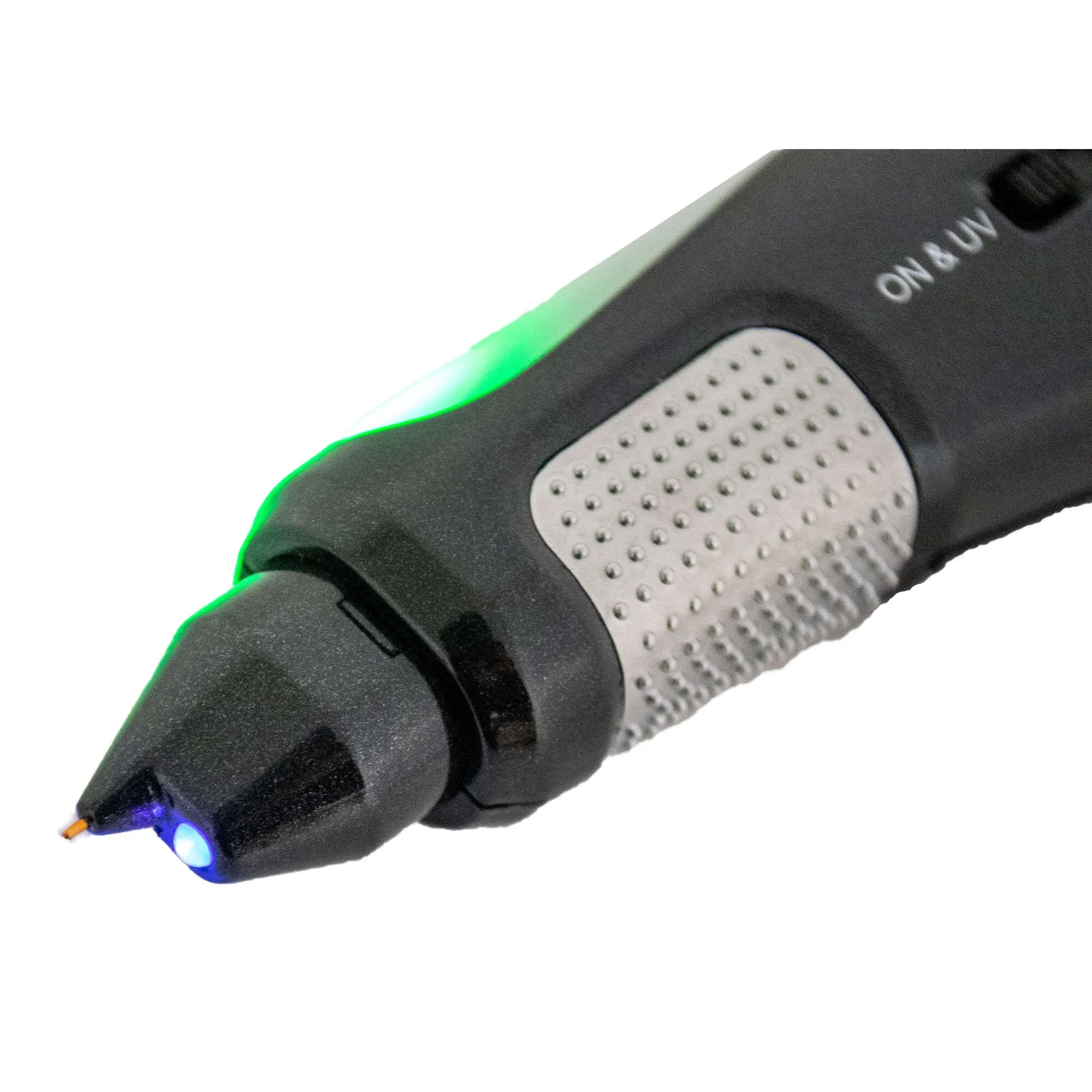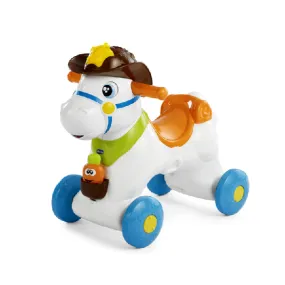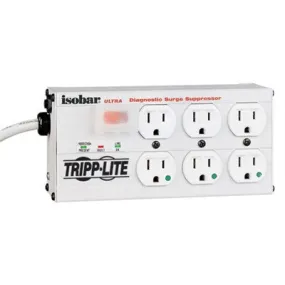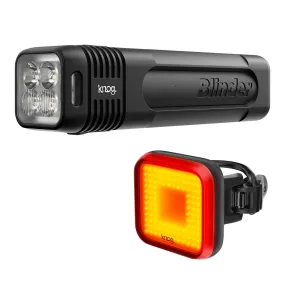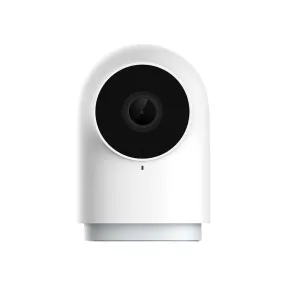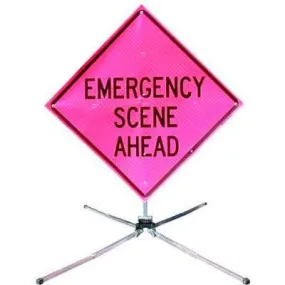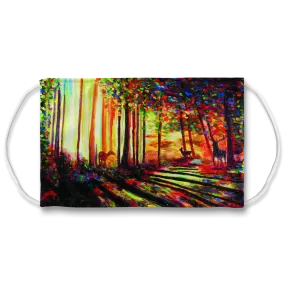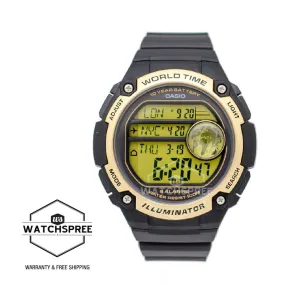Summary
- Tests for diamond and Moissanite and ruby/sapphire.
- The top of the tester lights up, so there are no words to read, no scale of LED lights, and each result has a characteristic bleep, so you don't even have to look at the lights. Can be used right-handed or left-handed.
- To see an article all about diamond testing
- Guarantee, 1 year.
Operation
Switch on, wait for it to warm up. The entire top lights up, a different colour for each of: Metal Alert (i.e. you missed the stone and touched the setting), Diamond, , Sapphire/Ruby.
Technical
PHYSICAL
Dimensions: 6¼"X1½"X¾" 155X38X20mm
Weight: 80g
Tip: can test stones down to 0.02ct (2pt) in size.
Operating temperature: recommended between 18 and 27 degrees C (64 to 81 degrees F). Though tests show it works fine down to 15 degrees C. (59 degrees F).
RESPONSE TIME
Warm-up time when switched on: 20 to 30 seconds
Testing: result in 1 or 2 seconds
Warm-up time between tests: 2 or 3 seconds
UV
There's a switch to operate both the tester and the UV light at the same time. A UV light gives more reliable results on Moissanite.
POWER
One PP3 battery (supplied).
Optional 9 volt power supply (mains adaptor)
Battery life: don't know, a few thousand tests?
Low-battery indicator: none, when it fails to warm up, it needs a new battery
Auto-shut-off: yes, it bleeps then turns itself off if not used for five minutes.
ACCESSORIES / PRESENTATION
- fitted case
- carrying strap
- stone-holder
- polishing cloth (to remove any surface grease-free before testing)
- instructions
- unique system for recording the readings (no app. required): a note pad
RELIABILITY
For testing diamonds and Moissanite, I haven't tested thousands of stones but I estimate that you would get the correct result over 95% of the time.
For testing ruby and sapphire, if it reads ruby/sapphire there's a pretty good chance it's ruby or sapphire. However, the readings for ruby/sapphire overlap with other stones ) - a lot of chrysoberyl and topaz will give the same reading as ruby/sapphire, as will some spinel. Any large very cold stone will also read ruby/sapphire (so please check that stones are at room temperature when tested).
Developed a fault in the guarantee period (1 year): 2%
Limitations
Will not test fancy-coloured stones; no 'low batt' indicator; synthetic diamonds (not to be confused with simulants!) usually register as Moissanite; the Moissanite test is very sensitive, both stone and test-tip must be 100% clean and grease-free, you will cover the stone in a layer of grease simply by touching it with your finger (this is a 'limitation' for anyone expecting a quick-easy-accurate test).
Disclaimer
All testers must be used in conjunction with the user's skill, knowledge and experience. Under no circumstances shall QUICKTEST be liable for direct or indirect loss sustained in connection with any item. Nothing is 100% accurate, you must understand the limitations of any tester you buy. We also suggest you regularly test known samples to check for any obvious faults. Full support given for items you buy from QUICKTEST.
Alternatives
Please note, none of these testers will distinguish natural stones from synthetic stones. "Synthetic" is a scientific term meaning 'made by man in a factory/laboratory to the same formula found in nature'. The two are usually indistinguishable, synthetic diamond is diamond (read about and see our and models).
The testers below are to distinguish diamond from non-diamond (simulant/imitation).
Model | Tests mounted stones [1] | Tests Diamond | Tests Moissanite | Tests | Other stones |
(works some of the time) | ✔ | ✔ | Shows up as diamond | ✘ | No reaction on non-diamond |
✔ | ✔ | Shows up as diamond | ✘ |
No reaction on non-diamond | |
| ✔ | ✔ | Shows up as diamond | ✘ | Non-diamond reads 'Other Stone' | |
✔ | ✘ | ✔ | ✘ | You must only test stones you are certain are diamond | |
✔ | ✔ | ✔ | ✔ | Non-diamond reads ‘simulant’ | |
✔ | ✔ | Shows up as diamond | ✔ | 31 stones | |
✔ | ✔ | Shows up as diamond | ✔ | 17 stones | |
[2] | ✔ | ✔ | ✔ | [3] | |
✘ | ✔ | ✔ | ✔ | 55 stones | |
✘ | ✘ | ✘ | ✔ | Hundreds of stones [4] |
[1] All testers test loose stones but not all can test mounted (set in jewellery) stones.
[2] The probe / analogue meter will test mounted stones, the digital meter will only test loose stones.
[3] The probe / analogue meter: 17 stones; the digital meter: 40 stones.
[4] Skill and practice is required to use an optical refractometer, instructions are not included, see any textbook about gemmology…or the internet.




